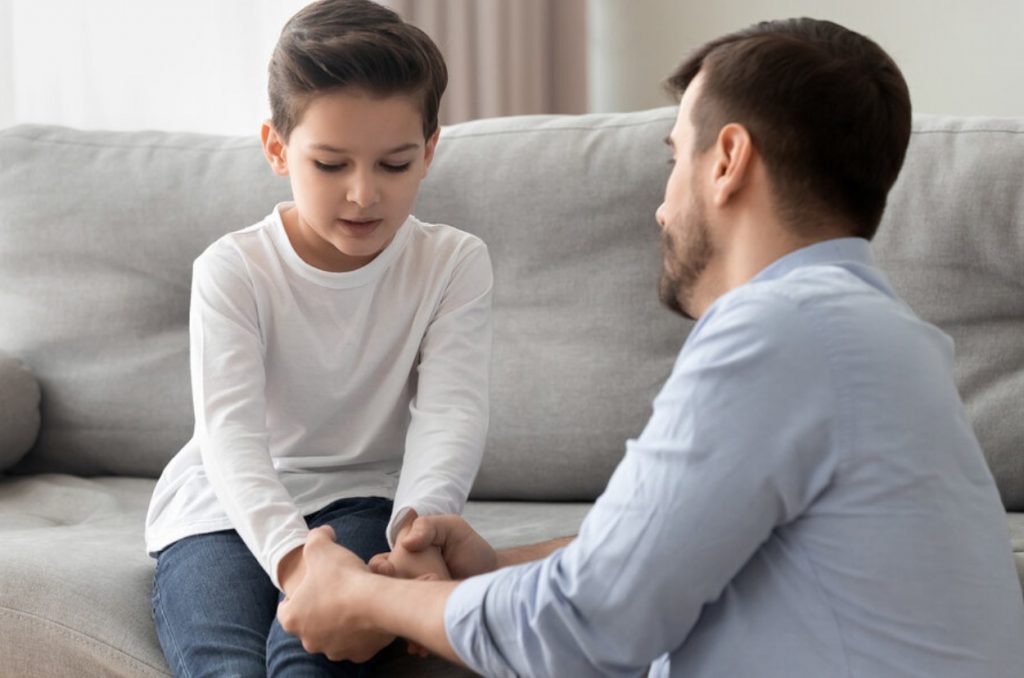As parents responsible for shaping the next generation, it is imperative that we pay close attention to the attitudes and beliefs we impart to our children. In order to build a brighter future, we must confront and address any harmful ideologies we may hold. Prejudices are a common aspect of human nature, whether they stem from negative personal experiences or societal conditioning.
It is crucial to acknowledge this reality because these biases may unknowingly be transmitted to our offspring. To raise children who are genuinely empathetic, we must first examine our own beliefs and behaviors.
A large portion of our prejudices operates on an unconscious level, indicating that they are beliefs we hold without realizing it. Dr. Juli Fraga, a psychologist based in San Francisco, points out that we transmit our biases when we are oblivious to our own racial, class, ethnic, or orientation prejudices.
Although many of us do not view ourselves as culturally or ethnically insensitive, biases still persist. For example, comments such as “that neighborhood aren’t safe to play in” or “so-and-so’s family is not wealthy” can unconsciously pass along prejudices and judgments.
Dr. Fraga highlights that many individuals are not aware of their insensitivity, resulting in the inadvertent transmission of these thoughts to their children. Consequently, children inadvertently adopt these attitudes and pass them on to their peers without being fully aware of what they are saying.
For instance, if you make comments regarding the dangers or unsafety of an inner-city neighborhood, your children will likely pick up on them. Consequently, when they meet someone from that area, they may have preconceived notions about the individual. A statement such as, “You’re from the hood? I heard it’s full of gangs and drug dealers, but you’re not like that,” can be harmful to the person on the receiving end.
Language is one of the most prominent indicators of our prejudices. The way we talk about individuals from different races or socioeconomic backgrounds significantly influences our children’s perceptions of these individuals. Given that we inhabit a diverse world, it is highly probable that our children will interact with the same groups of people we have previously discussed.
When they meet a Black, Mexican, poor, or non-binary child, they will recall the opinions they have heard expressed by the adults in their lives.
Before engaging in meaningful conversations with our children about prejudices, we must confront our biases. Increasing self-awareness and critically examining our attitudes toward those who are different from us can have a significant impact. Even if we do not believe we are being harmful, using phrases like “those people” can still perpetuate prejudice.
For instance, saying, “Who do those people think they are?” singles out a particular group and labels them as different, subjecting them to closer scrutiny.
To eliminate the transmission of our prejudices to our children, what steps can we take to address our own biases? Dr. Fraga offers some straightforward suggestions that are easy to implement in our daily lives.
Self-Reflect
Conversations about race, class, culture, and gender can be complex, but seeking feedback from trusted friends, family members, and peers can be beneficial. It is essential to recognize that individuals from diverse backgrounds are not obligated to educate us about their worldviews, cultures, or beliefs. Instead, we must take responsibility for seeking out information on our own.
Identify What You Don’t Understand
Comprehending race and culture is intricate and often presented in oversimplified ways that can mislead us into thinking that understanding is uncomplicated.
Unlearning prejudices cannot happen overnight; it requires adults’ conscious and sustained effort. If we can catch ourselves before making a remark that reflects our biases, it becomes easier to prevent our children from mimicking the same language they’ve heard previously. Greater awareness of our language can lead to improved communication.
It’s also crucial to take responsibility for our previous prejudices. While people can grow, acknowledging our mistakes and committing to learning from them is essential. Transforming mistakes into teachable moments for our children demonstrates that it is acceptable to make errors, and we should always strive to learn and evolve.
We cannot ignore the fact that prejudices still persist in our society. With increasing diversity in terms of gender, race, religion, and socioeconomic status, we must acknowledge and embrace people’s differences instead of denying their existence. However, we also need to recognize our own preconceived notions about others and actively challenge them.
It’s the only way we can move forward and raise empathetic children who appreciate and respect differences.




